|
Antioxidants are all the rage today. And, justifiably so. They help neutralize free radicals which can cause cell damage and possibly lead to chronic diseases. It seems everywhere you go it's blueberry this and blueberry that. You have your choice of wild blueberry juice, blueberry-pomegranate juice, blueberry-cranberry juice and so on and so on. Now, don’t get me wrong. I love eating blueberries. But, in our rush to embrace the latest antioxidant food craze (blueberries, cranberries, pomegranates) we’re ignoring some very high-antioxidant foods that are probably sitting ignored in our cupboards. “What?” You ask, “What could possibly be higher in antioxidants than my beloved wild blueberry?” Well, how about the small red bean? That’s right, I said “bean.” The small red bean actually has more antioxidants per serving size than the wild blueberry. And the red kidney bean and pinto bean have more antioxidants per serving size than a serving of cultivated blueberries. What other foods are high in antioxidants? For starters, there are artichoke hearts, blackberries, prunes, pecans, spinach, kale, russet potatoes and plums. And, no, that’s not a mistake. Russet potatoes are on the list of foods high in antioxidants. The truth is, there are many common foods high in antioxidants and you should not just restrict yourself to one particular food source. Why? Well, have you ever heard the expression, “eat your colors?” That refers to the fact that foods are in different color “families” containing different types of antioxidants which have different benefits. For example, the yellow-orange color family of peaches and nectarines help our immune systems. The purple-red color family of foods (pomegranates, plums, berries) helps reduce inflammation. It’s important to eat foods from all color groups to reap the full benefits of antioxidants. The good news is that you can eat healthy foods high in antioxidants (by eating them raw, cooking them, or juicing them yourself) without having to pay a high price for the “flavor of the month” antioxidant juices being peddled in the supermarkets.
So, give your blueberries some company at the dinner table. Invite some beans, spinach, potatoes and artichoke hearts and enjoy your antioxidants! Eat Good! Look Good! Feel Good! Chef Vanessa
0 Comments
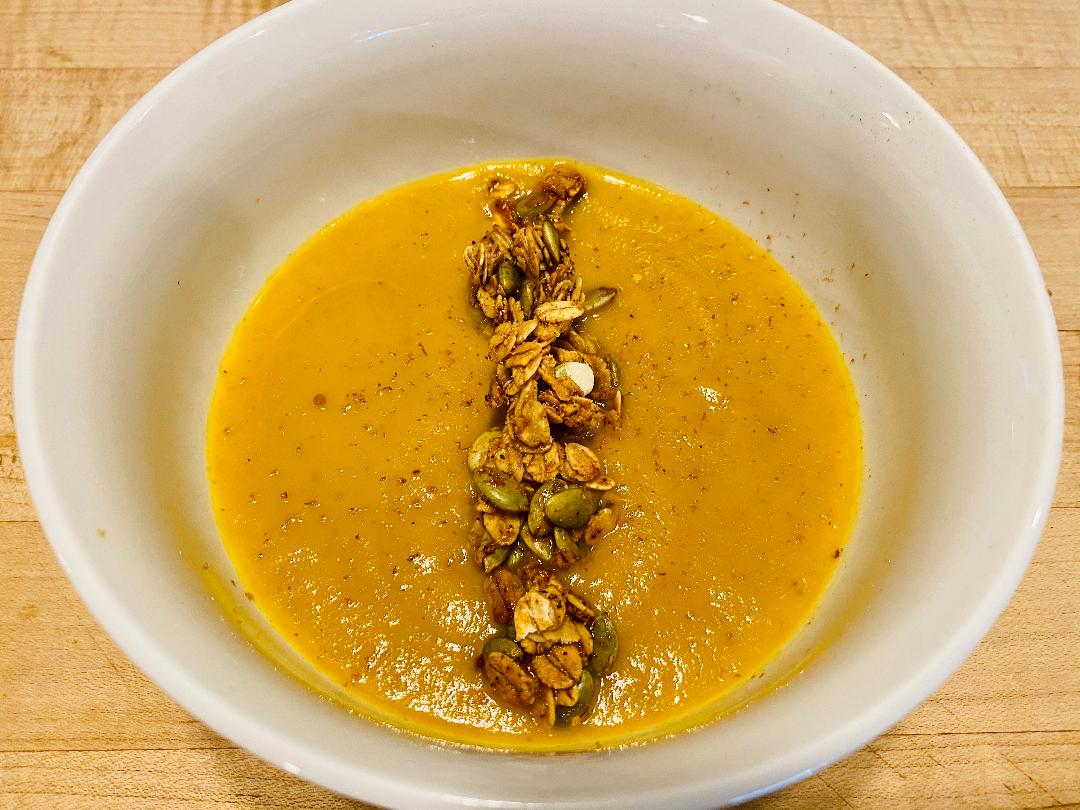 It's that time of the year where you start to see loads of content about 'all things pumpkin." From Halloween treats you'll see in stores to seeing plenty of recipes up until late November when Thanksgiving arrives. People love pumpkin! This versatile vegetable can be used in a variety of ways. We know its great for sweet treats, but I think its also cool to venture on the savory side of using it. Give some of the follow ideas a try. Now if you use fresh pumpkin you can try these savory options: Simply slice and bake into thick chunks and toss with olive oil and dust with a spice rub of your choice. Think global such as Zaatar or a Caribbean spice blend. Puree it into making a pasta sauce blended with canned crushed tomatoes and season with Italian seasonings and finish off with fresh parmesan cheese. Cut into cubes and make pumpkin hash browns for a switch from the regular potato. Shred on a grater and make pumpkin fritters. And lastly the good old standby pumpkin soup! Speaking of pumpkin soup, I have a great one for you to try that's simple to make. Matter of fact, if you want to eliminate a step of using fresh, this recipe works using unsweetened canned pumpkin .Its packed with flavor with fresh ginger and a slight spicy taste of crunchy granola. Ginger Pumpkin Soup with Savory Granola Topping As you can see, pumpkin can be used in so many ways that can be quite good. Would love to hear your thoughts if you try some of the savory suggestions in this post. Enjoy! Eat Good! Look Good! Feel Good! Chef Vanessa Some individuals like to fuel their body quickly because of time restrictions or who just want something simple before heading out the door to start their day. This option can be fresh squeezed juice. Also, people sometimes like to make their own through a special juicer they may have purchased or rely on grabbing a special blend at a local gym who offers healthy juices or at a nearby juice bar. At one time, juicing was all the rage and it is still quite popular. Its popularity is because its an easy way to get vital nutrients into the body quickly. But, if you are not careful, you could have this daily habit and doing it all WRONG. Downsides of Juicing From a personal standpoint, years ago, I had the mindset of juicing with LOTS of fruits and less leafy green vegetables. Today, my thought process is quite the opposite. First off, I was consuming way too much of my prepared juice which was full of fructose (naturally occurring sugar found in fruit.) If this is a habit you do most days of the week, it can cause your body to store excess calories without you being conscious of it which was the case with me. Secondly, the thing about juicing is the process itself, extracts beneficial fiber which helps to keep you satiated. Without the presence of it in your finished juice, you most likely wont be full from drinking it. The Benefits of Juicing with Leafy Green Vegetables When juicing with mostly green leafy vegetables you get many health benefits without raising your blood sugar and you will also have the benefit of obtaining a boost of energy when consuming. Juicing green vegetables also is full of vitamins and minerals which is important for good health. Green vegetables when juicing alone, to me still needs a hint of sweetness to make it more palatable, but there is no need to get heavy handed with fruit to get the job done. Here is a simple, low sugar green juice that will be nourishing and simply delicious. I tried this juice this past weekend ( I subbed the kale for baby spinach) and it was a hit! The recipe is from Joe Cross who is a wellness advocate and is better known for the documentary film. "Fat, Sick & Nearly Dead." By the way the film has some great insights. Low Sugar Green Juice If juicing green vegetables is something you want to give a try or revisit, just know you don't have to use a fancy juicer. When I did the below pictures featured here for low sugar green juice, I used my Vitamix blender to blend my ingredients and poured into a nut bag, squeezing out the juice. This bag is used commonly to make homemade plant based milk, but works pretty good also for making fresh squeezed juice. . You can do this same process with a regular blender for similar results. The upside to using a nut bag is it excretes way more juice than a physical juicer from my past experience. Also, the cleanup is a lot quicker! I got my bag on Amazon with this brand if you want to try this method of making green juice. The bonus is that you will grab two good sized bags you can use for another purpose such as cold brew coffee method (previous post or to make plant based milk)
Nut Bags for Juicing Juicing with leafy green vegetables is a great way to get nutrients in the body quickly, but eating whole vegetables is always best. So, as with most things when it comes to nutrition, moderation is key. Eat Good! Look Good! Feel Good! Chef Vanessa When it comes to making food pop with flavor, spices always come to my mind. And rightfully so. Spices can make a simple dish taste better without much effort. On a recent trip to a neighborhood Latin supermarket, I discovered this wonderful spice called "Azafran" I had no idea what it was, but with a quick google search I found out it is is a neighbor in flavor to the expensive spice "Saffron." What's the difference between the two? One obvious main thing is the pricing. Saffron is considered one of the most expensive spices in the world. It can run you anywhere between $30-$100 an ounce depending on what type you get and where you purchase from. On the other hand, Azafran for this same amount of one ounce, will only run you for under $2.00 from any Latin supermarket. This major reason alone should be enough for you to give this spice a try! Now lets talk about the characteristics of both Saffron and Azafran. The difference is minimal, but Azafran (The Spanish word for Saffron, is not really the same spice. Azafran is the stamen of the Safflower, while Saffron is the stamen of the Crocus. One physical difference I notice, is that Azafran is slightly thicker compared to delicate saffron. But, in my opinion and I'm sure you will discover too, the flavors are quite similar. 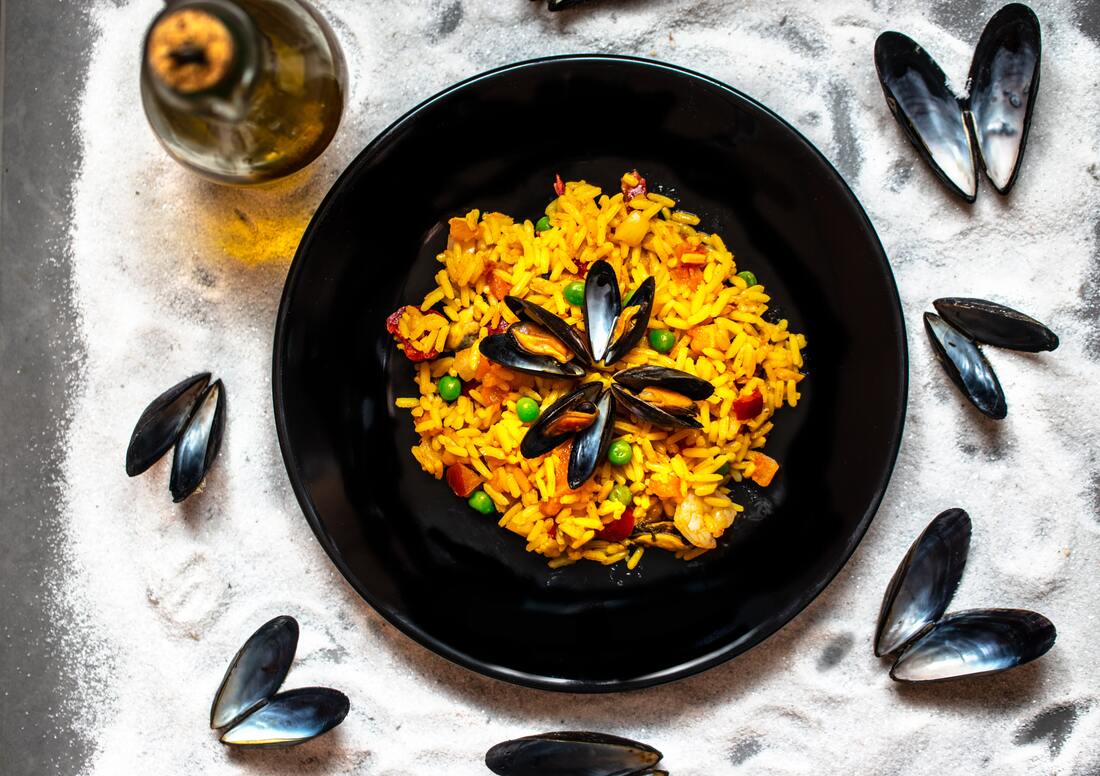 Saffron is traditionally used in the famous one pot rice dish called "Paella" which is a dish that varies with its ingredients of tasty seafood and sometimes sausage. Saffron threads gives the paella its unique yellow color. If you make this dish often, try using Azafran as a substitute and see if you can tell the difference. If you want to try some other healthy recipes using saffron and substitute with saffron, you can try these delicious recipes. 8 Healthy Saffron Recipes to Try at Home Its always exciting to try something new when it comes to cooking and if you can save money in the process even better! Would love to see your comments if you give this not so popular spice a spin in your kitchen. I think you will love it. Eat Good! Look Good! Feel Good! Chef Vanessa |
AuthorVanessa LaBranche Archives
April 2024
|

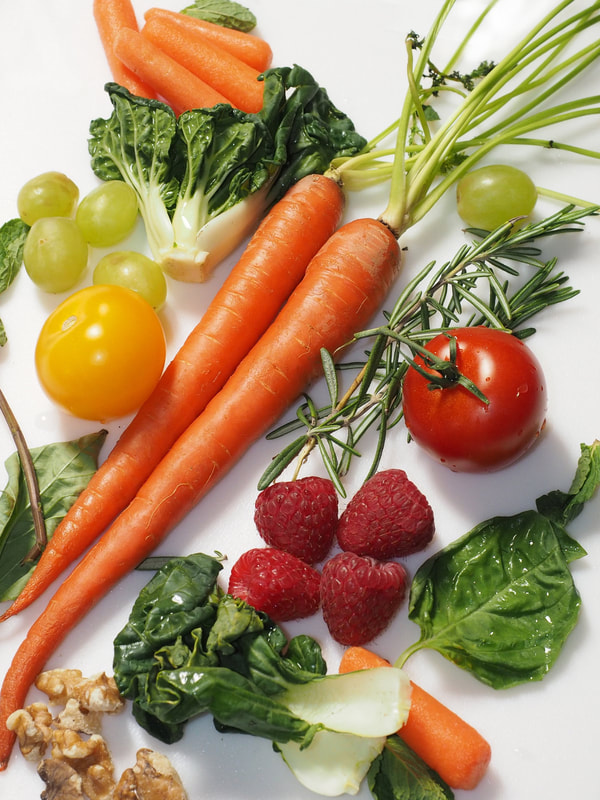
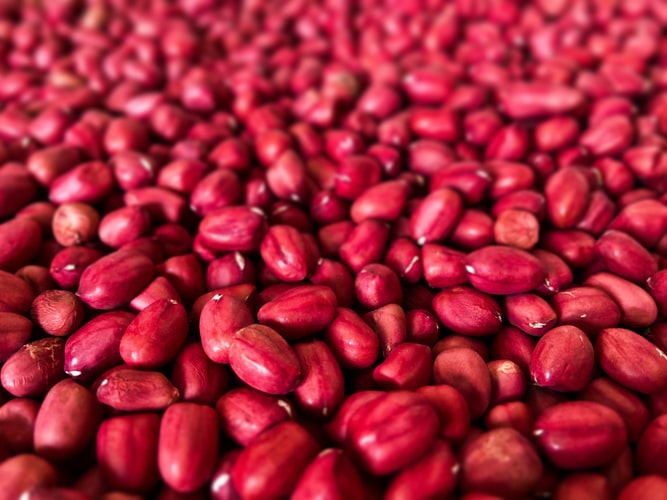
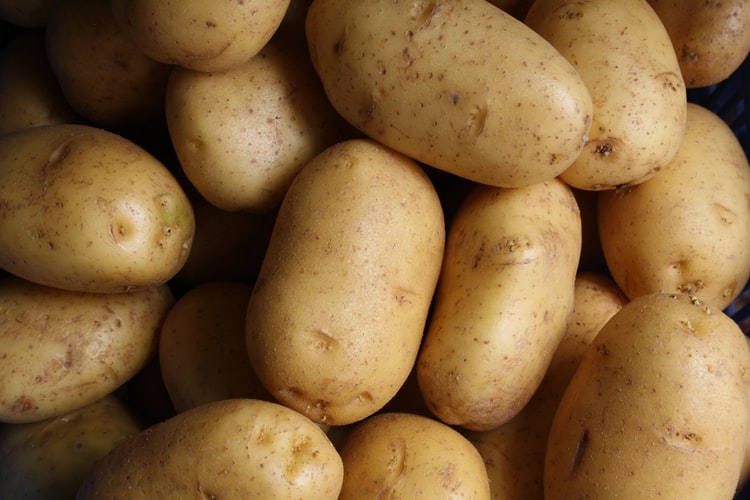
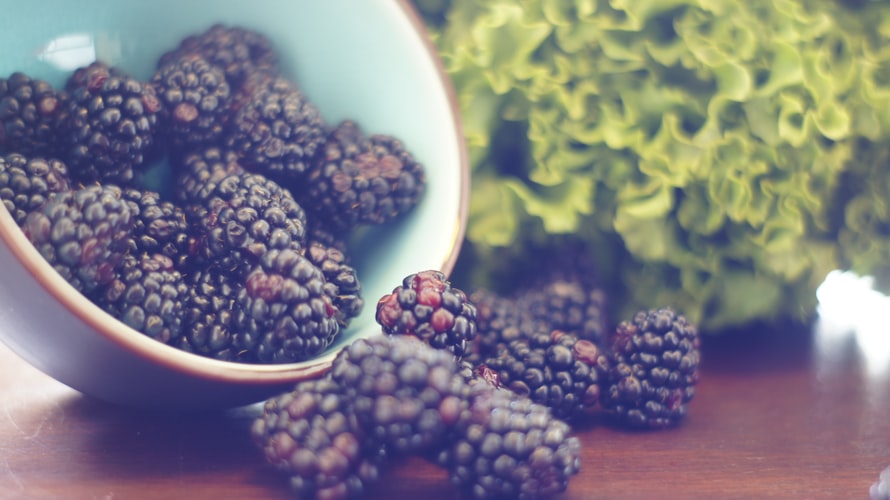
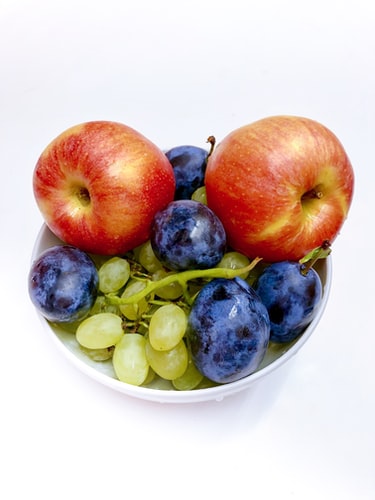
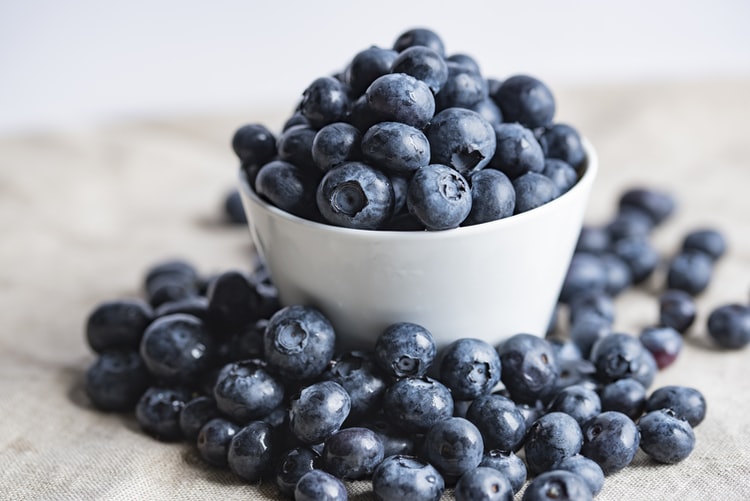
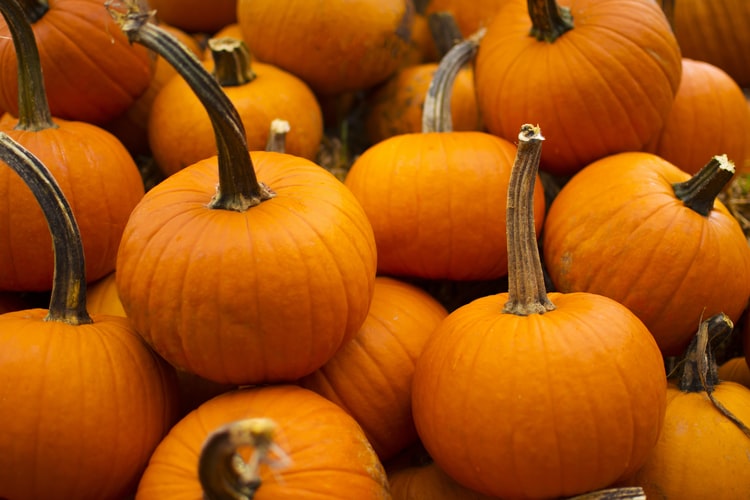
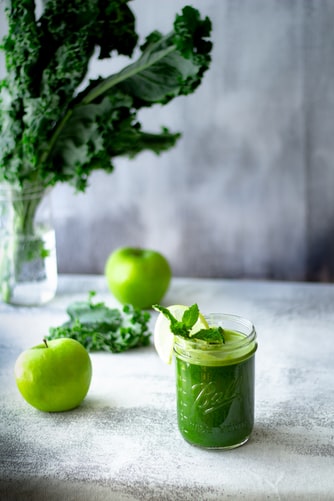
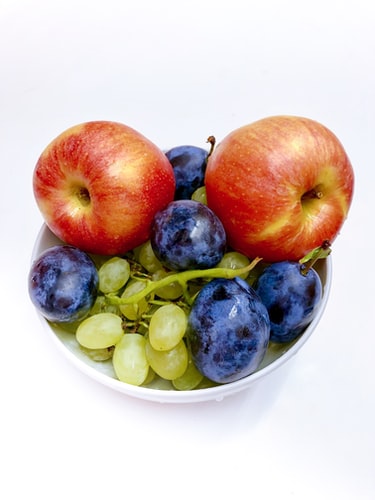
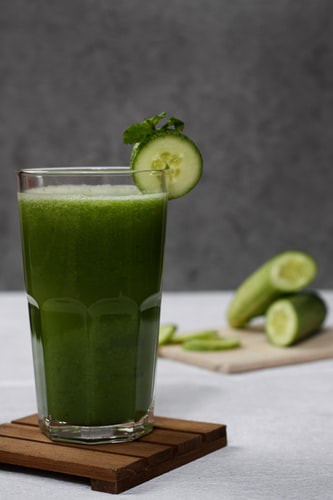
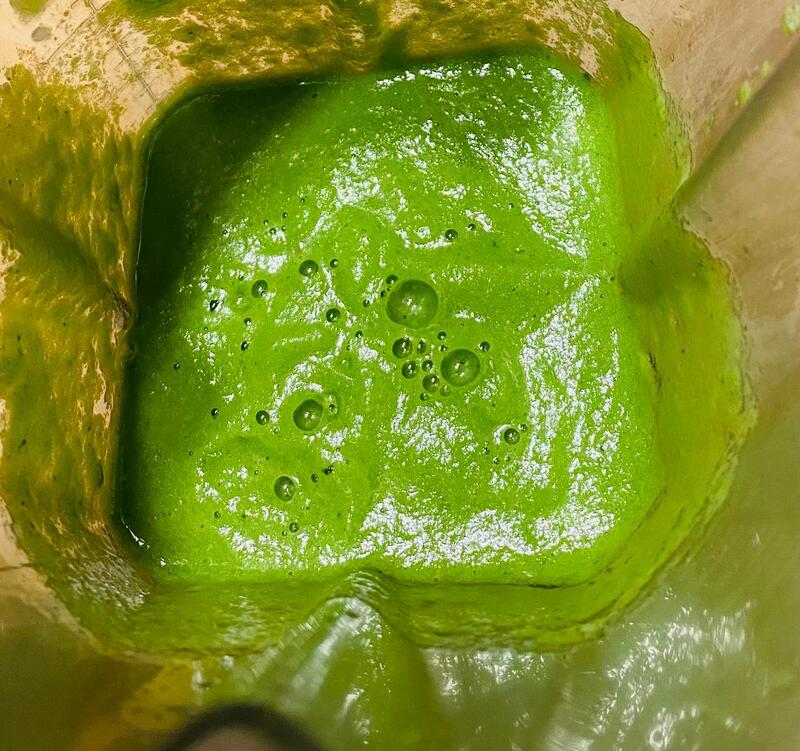
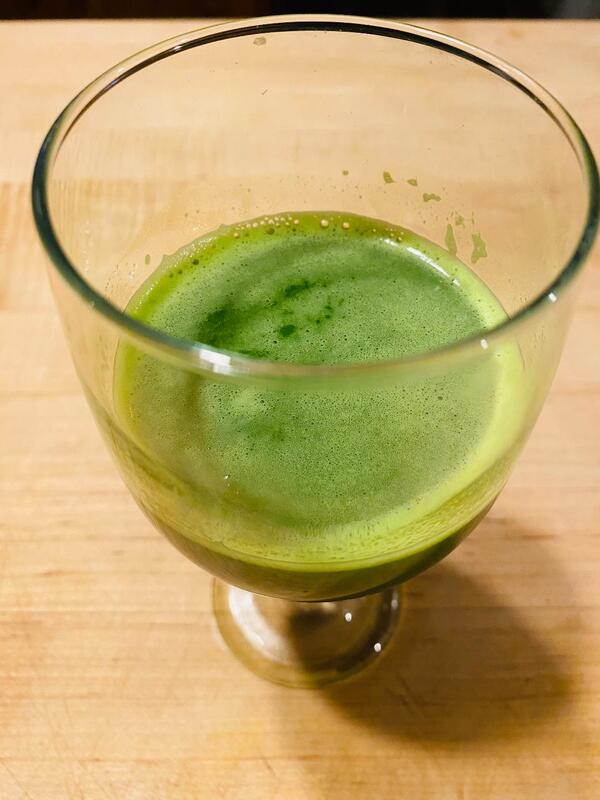
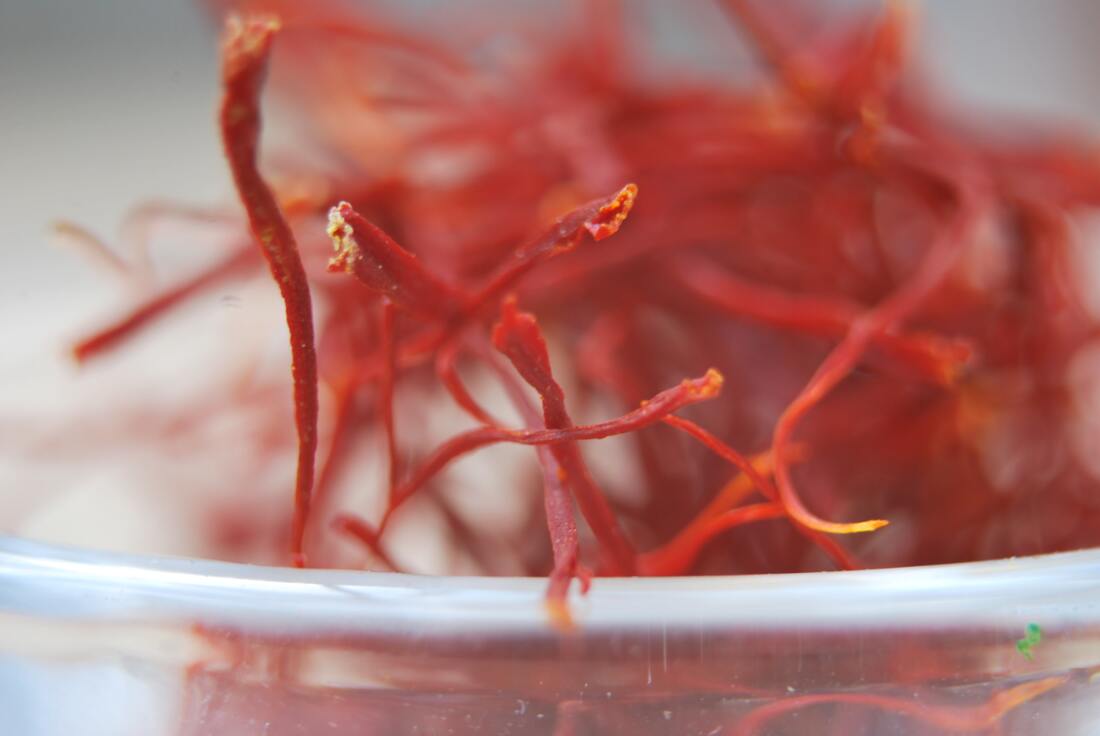
 RSS Feed
RSS Feed